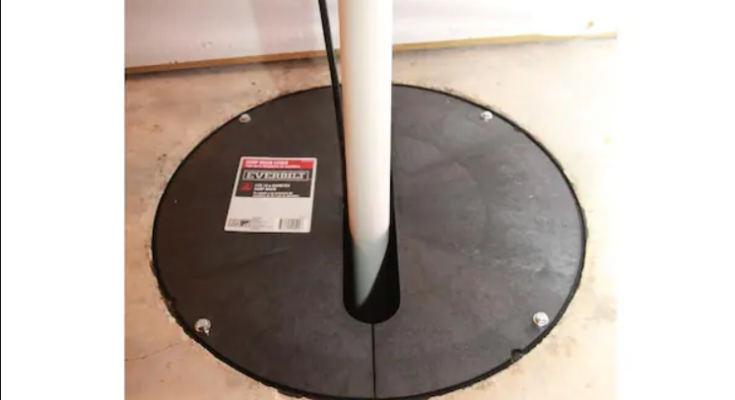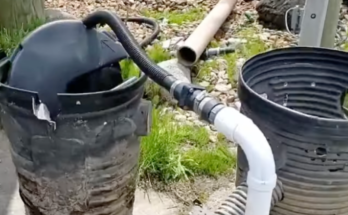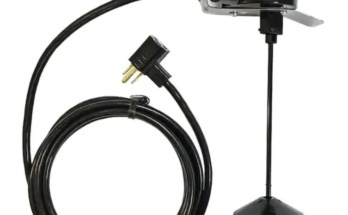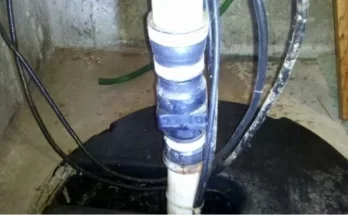Debunking the Myth: Sump Pump Cover Are Optional
You might have heard it before – the idea that sump pump covers are an optional add-on to your basement’s waterproofing system. Well, let’s set the record straight right from the get-go: sump pump covers are not just optional accessories; they are essential components for safeguarding your basement against potential flooding disasters. In fact, overlooking the importance of a sump pump cover could leave your basement vulnerable to water damage, mold growth, and costly repairs down the line.
Understanding Sump Pump Covers
Now that we’ve debunked the myth, let’s dive into the nitty-gritty of covers. These humble yet crucial devices serve as protective shields for your basement’s sump pit and pump system. Their primary function? To prevent debris, dirt, and unwanted objects from clogging up your sump pump and impeding its operation.
Picture this: without a cover, your sump pump is like a knight without armor, exposed and vulnerable to the elements. Leaves, twigs, insects, and even small animals can find their way into the pit, causing blockages and impeding the pump’s ability to effectively remove excess water from your basement.
But fear not! Sump pump covers come to the rescue, providing a sturdy barrier between your pump system and the outside world. They come in various shapes, sizes, and materials, but their purpose remains the same: to keep your sump pump functioning smoothly and efficiently.
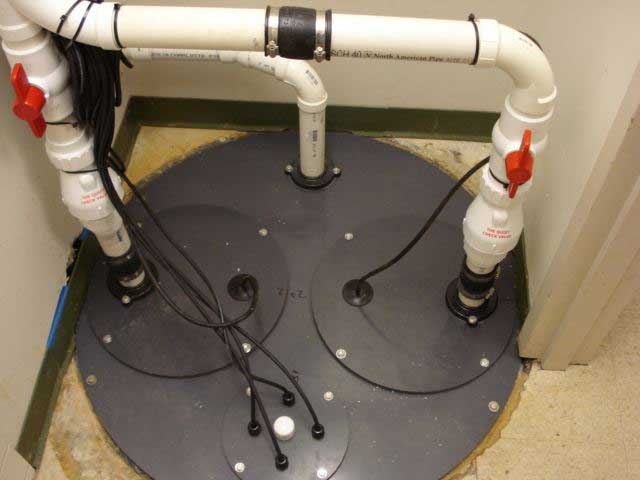
Photo by: jmipumps.com
Types of Sump Pump Covers
Now that we understand why sump pump covers are a must-have, let’s explore the different types available on the market. From standard solid covers to vented designs and sealed covers with alarm systems, there’s a wide array of options to choose from.
Standard solid covers offer basic protection against debris and contaminants, while vented covers allow for improved airflow and ventilation within the sump pit. Sealed covers with alarm systems take it up a notch, providing not only protection against debris but also alerting you to potential issues like high water levels or pump malfunctions.
When selecting a cover, consider factors such as your basement size, budget, and desired features. Whether you opt for a basic model or invest in a more advanced cover with additional functionalities, ensuring proper installation and maintenance is key to maximizing its effectiveness.
Busting the Myth: All Sump Pump Covers Are Created Equal
It’s time to address another common misconception: the belief that all sump pump covers are essentially the same. This couldn’t be further from the truth! While it’s true that covers share the common goal of protecting your basement from water damage, there are significant differences among them that can impact their effectiveness. So, let’s debunk this myth and explore the various types of covers available, each with its own unique features and benefits.
Types of Sump Pump Covers
When it comes to covers, one size definitely does not fit all. Let’s take a closer look at the different types and what sets them apart:
Standard Solid Covers:
These are the basic models you’ll commonly find on the market. They provide a solid barrier between your sump pit and the outside world, effectively keeping out debris, dirt, and other unwanted objects. While they may lack fancy features, they get the job done at an affordable price point.
Vented Covers:
If you’re concerned about airflow and ventilation within your sump pit, vented covers are the way to go. They feature strategically placed vents that allow air to circulate freely, preventing stagnant water and odors from accumulating. Plus, improved ventilation can help extend the life of your sump pump by reducing moisture buildup.
Sealed Covers with Alarm Systems:
For ultimate peace of mind, consider investing in a sealed cover equipped with an alarm system. These high-tech covers not only keep debris out but also monitor water levels and pump performance. If the water level rises above a certain threshold or the pump malfunctions, the alarm will sound, alerting you to the problem before it escalates into a full-blown disaster.
Each type of sump pump cover offers its own set of advantages, so it’s important to weigh your options carefully before making a decision. Factors such as your basement layout, budget, and specific needs will influence which type is the best fit for you.
Dispelling the Myth: Choosing a Sump Pump Cover is a Simple Task
Let’s address a common misconception: many homeowners believe that selecting a sump pump cover is a straightforward task. After all, it’s just a cover, right? Wrong! Choosing the right sump pump cover requires careful consideration of several factors to ensure optimal performance and protection for your basement. So, let’s debunk this myth and delve into the key factors you should consider when selecting the perfect sump pump cover for your needs.
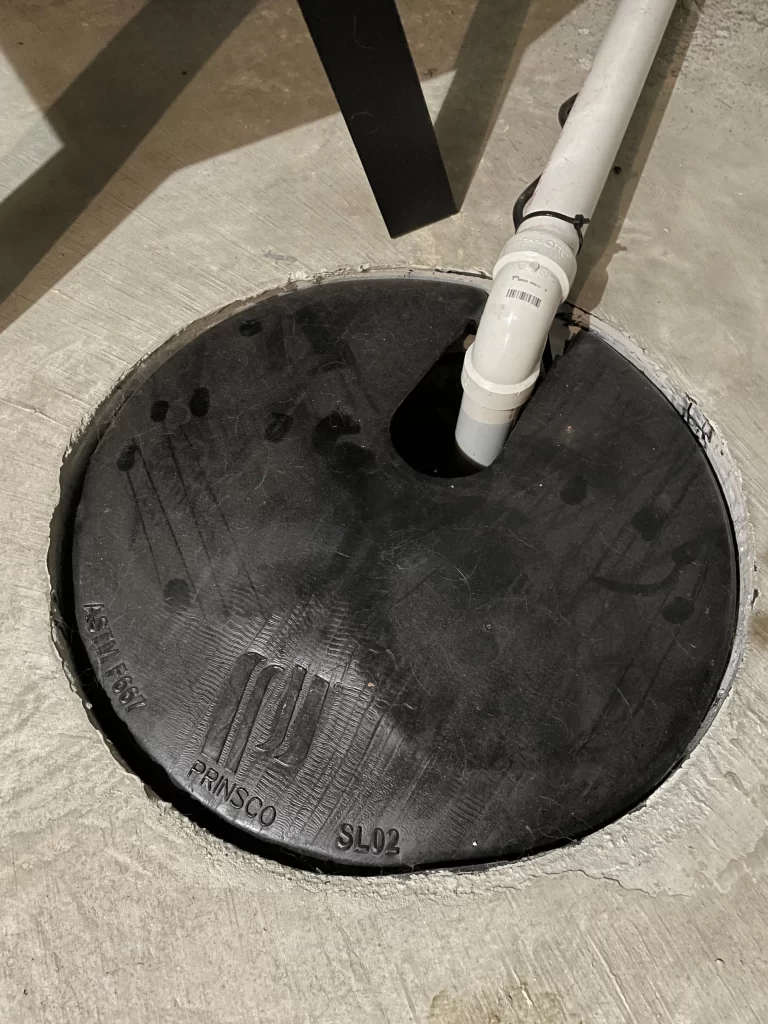
Photo by: diychatroom.com
Factors to Consider When Choosing a Sump Pump Cover
Basement Size and Layout:
The size and layout of your basement play a crucial role in determining the type of sump pump cover you need. If you have a large basement with multiple sump pits, you may require a cover that offers maximum coverage and protection. Conversely, if your basement is smaller or has limited space, a more compact cover may be sufficient.
Budget Considerations:
Like any home improvement purchase, budget considerations are important when choosing a sump pump cover. While it’s tempting to opt for the cheapest option available, keep in mind that investing in a high-quality cover can save you money in the long run by preventing costly water damage repairs.
Desired Features:
Think about any specific features you want in a sump pump cover. Do you need one with built-in ventilation to prevent moisture buildup? Or perhaps you prefer a cover with an alarm system to alert you to potential issues? Consider your needs and preferences when evaluating different cover options.
Durability and Material Quality:
Sump pump covers are subjected to harsh conditions, so it’s essential to choose one made from durable materials that can withstand wear and tear. Look for covers made from high-quality materials like plastic or metal that are resistant to corrosion and damage.
Ease of Installation and Maintenance:
Choose a sump pump cover that is easy to install and maintain. Look for covers with simple installation instructions and easy-to-clean surfaces. Additionally, consider whether the cover requires any ongoing maintenance and how easy it is to access the sump pit for maintenance tasks.
Compatibility with Your Sump Pump System:
Ensure that the sump pump cover you choose is compatible with your existing sump pump system. Consider factors such as the size and shape of the sump pit, as well as any additional accessories or attachments you may need.
By taking these factors into account, you can confidently select the perfect sump pump cover for your basement, providing you with peace of mind and protection against potential water damage. Remember, choosing the right cover is not a task to be taken lightly – it’s a critical step in safeguarding your home and belongings.
Final Verdict
In conclusion, choosing the right sump pump cover is crucial for protecting your basement from water damage and ensuring the longevity of your sump pump system. Consider factors such as basement size, budget, desired features, durability, and compatibility when making your decision. Whether you opt for a standard solid cover, a vented cover, or a sealed cover with an alarm system, investing in a high-quality cover will provide you with peace of mind and protection for years to come.
Frequently Asked Questions (FAQs)
Q: Do I really need a sump pump cover?
A: Absolutely! A sump pump cover is essential for protecting your basement from potential flooding disasters. Without a cover, your sump pump is vulnerable to debris and contaminants, which can impede its performance and lead to water damage.
Q: What are the benefits of a vented sump pump cover?
A: A vented sump pump cover allows for improved airflow and ventilation within the sump pit, preventing stagnant water and odors from accumulating. This can help reduce moisture buildup and extend the life of your sump pump system.
Q: Are sealed sump pump covers with alarm systems worth the investment?
A: Definitely! Sealed covers with alarm systems provide an added layer of protection by monitoring water levels and pump performance. If any issues arise, such as high water levels or pump malfunctions, the alarm will sound, alerting you to the problem before it becomes a major issue.
Q: How do I know which sump pump cover is right for my basement?
A: When choosing a sump pump cover, consider factors such as your basement size, budget, desired features, durability, and compatibility with your existing sump pump system. Think about whether you need a basic solid cover, a vented cover for improved airflow, or a sealed cover with an alarm system for added peace of mind.
Q: Can I install a sump pump cover myself, or do I need to hire a professional?
A: Installing a sump pump cover is typically a straightforward DIY project that can be done by most homeowners. However, if you’re unsure or uncomfortable with the installation process, it’s always best to consult with a professional to ensure it’s done correctly.
Q: How often should I maintain my sump pump cover?
A: It’s a good idea to inspect and clean your sump pump cover regularly to ensure it remains in good working condition. Check for any debris or obstructions that may have accumulated and remove them as needed. Additionally, follow any maintenance instructions provided by the manufacturer to keep your cover functioning properly.
Q: Will a sump pump cover completely prevent basement flooding?
A: While a sump pump cover can help prevent debris and contaminants from entering your sump pit and impeding your pump’s performance, it’s not a foolproof solution for preventing basement flooding. It’s important to have a properly functioning sump pump system in place and to take additional measures, such as basement waterproofing, to protect your home from water damage.
